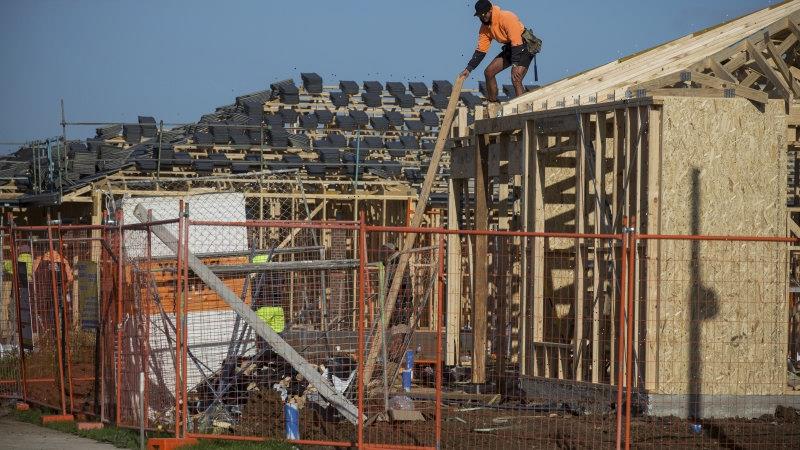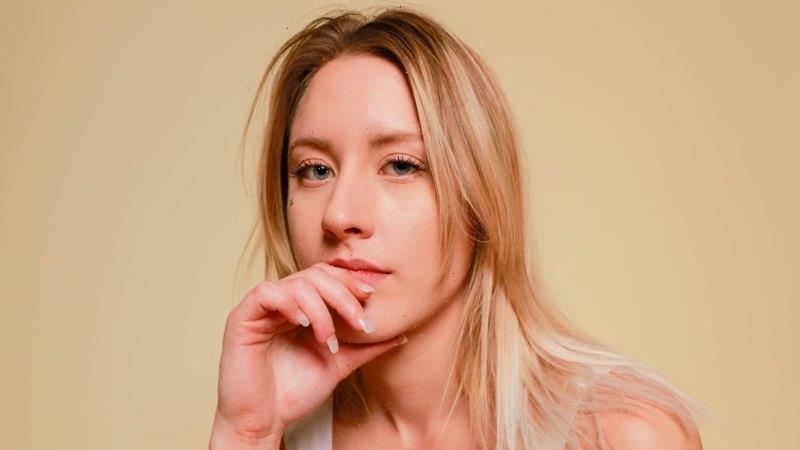Key points
- New Zealand government has introduced legislation designed to make tobacco products non-addictive and prohibit the sale of cigarettes to future generations.
- Research team concluded that the legislation would reduce smoking rates to below 5 per cent within three years of coming into effect
- The so-called tobacco endgame is a radical departure from the Australian approach of incrementally reducing smoking through higher taxes, advertising restrictions and public health campaigns.
Leading tobacco-control experts have urged the federal government to join New Zealand in pursuing “endgame” reforms that could eliminate smoking and dramatically close the gap in life expectancy between Indigenous and white Australians.
As the Ardern government introduced legislation designed to make tobacco products non-addictive and prohibit the sale of cigarettes to future generations on Tuesday, anti-tobacco campaigners said the Australian government needed to shake a decade of complacency and resume its global leadership role.
Tobacco-control campaigners have called on the Australian government to take a tougher approach to reduce smoking rates. Credit:Tamara Voninski
While adult smoking rates in Australia are among the lowest in the world, rates among Indigenous Australians remain lethally high. Tobacco-related disease kills more than one-third of Aboriginal and Torres Strait Islander people.
“We are talking about a significant opportunity for change,” said ANU researcher Raglan Maddox. “If we are talking about closing the gap, eliminating or reducing as far as possible tobacco use is a massive step in the right direction.”
University of Sydney tobacco-control expert Becky Freeman said Australia was the first country to enact plain packaging laws in 2011, but had since been content to “float along” while smoking rates trickled down. She said the federal government should join New Zealand in taking on the powerful tobacco lobby.
“Why wait for NZ to do this? That is not the Australia-New Zealand battle spirit, is it?”
Tom Calma, an Aboriginal social justice campaigner whose work led to the Closing the Gap movement, praised New Zealand’s ambition and lamented our own.
“The New Zealand parliament has embraced this target of a smoke-free Aotearoa. The Australian government hasn’t been so interested.”
The proposed New Zealand laws would limit nicotine levels to 0.4 milligrams per gram of tobacco; remove cigarettes from 95 per cent of retail outlets where they are currently sold; and prohibit the sale of cigarettes, in perpetuity, to anyone born in the year 2009 or later.
Modelling for the reform was done by an Australian and New Zealand team of researchers led by University of Melbourne epidemiologist Driss Ait Ouakrim.
The research team, which includes Maddox and University of Melbourne’s Professor Tony Blakely, concluded that the New Zealand legislation would reduce smoking rates to below 5 per cent within three years of coming into effect.
University of Sydney tobacco control expert Becky Freeman wants Australia to join the New Zealand “endgame”.Credit:Peter Rae
Tobacco endgame is the name given to measures that aim to eradicate its use. It represents a radical departure from the Australian approach of incrementally reducing smoking through higher taxes, restrictions on tobacco advertising and public health campaigns.
Blakely said the New Zealand reforms were driven by Maori public health and political leaders, who for the past 20 years have recognised disproportionate rates of smoking and tobacco-related disease as a major cause of health inequity.
“There is no way this policy could be done without Maori leadership,” the New Zealand-born epidemiologist said. “If it was Pakeha [white New Zealanders] leading this and didn’t have consent from Maori, it would backfire.
“You don’t need to be a rocket scientist to work out that in Australia, this would be a really important policy for reducing the Indigenous and non-Indigenous gaps in health.”
An estimated 31.8 per cent of Maori people and 11.8 per cent of non-Maori New Zealanders smoke daily. In Australia, the latest available figures show that 43.1 per cent of Aboriginal and Torres Strait Islander people smoked daily in 2018-19, compared with 15 per cent of adult Australians. Smoking is the leading cause of death among Indigenous Australians.
Australia’s National Preventive Health Strategy aims to reduce smoking to 5 per cent of adults and 27 per cent of Aboriginal and Torres Strait Islander adults by 2030.
Quit Victoria director Sarah White said programs such as Tackling Indigenous Smoking, a federally funded, community-led public health initiative, were helping to reduce Indigenous smoking rates, but more needed to be done.
“The national tobacco strategy in Australia is not ambitious,” she said. “There is absolute complacency.”
In Australia, New Zealand and other Pacific countries, the high prevalence of tobacco use among indigenous populations can be traced back to colonial-era practices that included supplying cigarettes to workers in lieu of wages.
Maddox is a state director of the Tackling Indigenous Program and said most Aboriginal and Torres Strait Islander smokers wished they had never started smoking and wanted to quit. Unlike alcohol, there is no safe level of tobacco consumption.
“Removing the nicotine or having low levels of nicotine would be a game changer in terms of returning sovereignty, self-determination and agency to people who want to quit,” he said.
“We had a system that has embedded tobacco use among Aboriginal and Torres Strait Islander people. If we can flip that around and start to reduce things like retail outlets and nicotine levels, it can make a real difference in eliminating tobacco-related inequities.”
The New Zealand legislation was introduced to parliament by Associate Health Minister Ayesha Verrall, an infectious disease physician. The National Party, Greens and Te Pati Maori have all pledged to support the Labour government reforms.
The Morning Edition newsletter is our guide to the day’s most important and interesting stories, analysis and insights. Sign up here.
Most Viewed in National
From our partners
Source: Read Full Article




